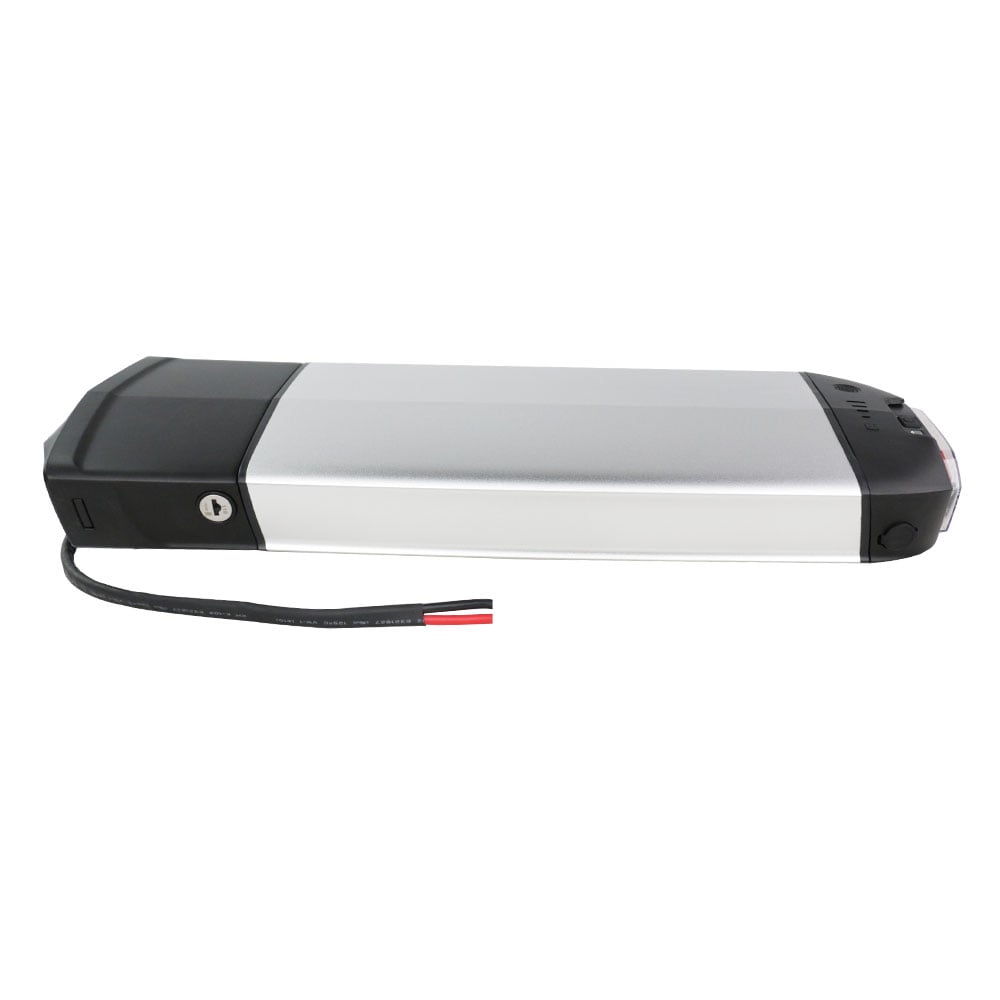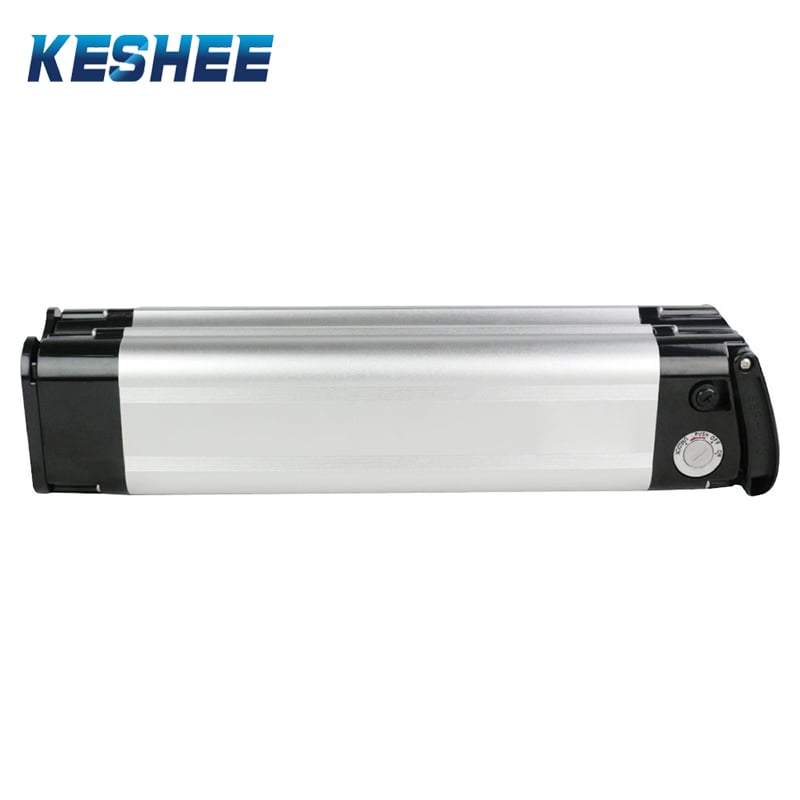Introduction: In the world of electric bicycles (eBikes), enthusiasts often seek ways to enhance their riding experience. One intriguing avenue is building your very own DIY eBike battery pack. Not only does this allow customization to suit your specific needs, but it can also be a rewarding and educational project. In this article, we'll delve into the process of building a DIY eBike battery, the essential components required, the viability of using lithium-ion batteries, and the advantages of embarking on this exciting journey.
How do I build a DIY eBike battery?
Building a DIY eBike battery may seem daunting, but with the right guidance, it's an achievable endeavor. Here's a step-by-step breakdown of the process:
-
Research and Planning: Start by researching the battery capacity, voltage, and chemistry that suits your eBike model and desired range. Consider the space available for the battery on your eBike frame.
-
Gather Components: Acquire the necessary components such as lithium-ion cells, a battery management system (BMS), a charger, and a casing for the battery pack.
-
Cell Configuration: Decide on the cell configuration (series and parallel connections) to achieve the desired voltage and capacity. Follow recommended guidelines for wiring connections.
-
Assemble the Pack: Carefully arrange and connect the cells according to the chosen configuration. Ensure proper insulation and secure connections.
-
Integrate BMS: Connect the BMS to monitor individual cell voltages, balance the cells during charging and discharging, and provide overcharge and over-discharge protection.
-
Enclose the Battery: Place the assembled battery pack in a suitable casing that provides protection from the elements and vibrations. Ensure proper ventilation for heat dissipation.
-
Connectors and Wiring: Attach connectors to the battery pack for easy connection to the eBike's motor and controller. Organize the wiring to prevent tangling or damage.
-
Test and Finalize: Perform a thorough testing phase to ensure the battery pack's functionality, safety, and performance. Address any issues before final installation.
Bicycle batteries are high-end, durable, safe, reliable, lightweight, and high-capacity throughout the life cycle. Bicycle batteries can be customized according to requirements. With years of experience, KESHEE strives to provide fast delivery and strive to meet all your needs. Keshee includes but not limited to the following models of ebike battery:
What components do I need for a DIY eBike battery pack?
To build a reliable DIY eBike battery pack, you'll need the following key components:
-
Lithium-ion Cells: The heart of the battery, lithium-ion cells provide the power. Choose reputable cells from well-known manufacturers.
-
Battery Management System (BMS): A BMS monitors and balances individual cell voltages, safeguards against overcharging and over-discharging, and enhances overall safety.
-
Charger: An appropriate charger designed for your battery voltage and chemistry is crucial for safe and efficient charging.
-
Casing: A sturdy casing protects the battery from external factors and provides insulation. It should be well-ventilated to dissipate heat.
-
Wiring and Connectors: High-quality wiring and connectors ensure efficient power transfer and reliability.
Can I use lithium-ion batteries for my DIY eBike battery?
Yes, lithium-ion batteries are a popular and viable choice for DIY eBike battery packs. They offer a high energy density, long cycle life, and lightweight design. Lithium-ion cells come in various chemistries, such as LiFePO4, LiPo, and NMC, each with its own pros and cons. LiFePO4 cells, for example, are known for their safety and longevity, making them a suitable option for eBike applications.
What are the advantages of building your own eBike battery?
Building your own eBike battery pack comes with several enticing advantages:
-
Customization: Tailor the battery to your specific requirements, whether it's extended range, increased power, or a compact size.
-
Cost Savings: DIY battery packs can be more cost-effective than pre-made options, allowing you to allocate funds for high-quality components.
-
Educational Experience: Gain valuable insights into battery technology, electronics, and assembly, enhancing your technical skills.
-
Sense of Accomplishment: Successfully building and integrating your battery brings a rewarding sense of accomplishment and pride.
Conclusion: Building a DIY eBike battery is an exciting journey that combines technical prowess with the satisfaction of crafting a custom power solution for your electric bicycle. With careful planning, quality components, and attention to safety, you can create a battery pack that elevates your eBike experience while gaining valuable knowledge along the way. So, if you're ready to take your eBike to the next level, consider embarking on the adventure of building your very own DIY eBike battery pack.




